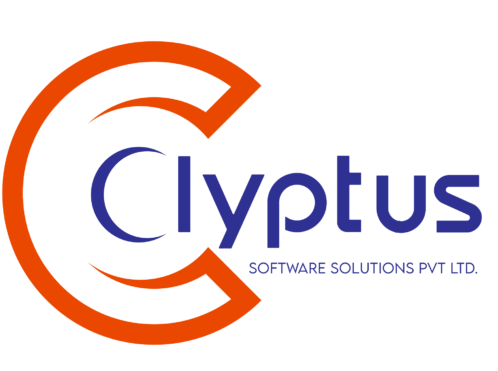SAP S/4HANA Central Finance (CFIN) has emerged as a crucial non-disruptive pathway for large enterprises with complex, distributed system landscapes to leverage the benefits of S/4HANA Finance. It serves as a central hub, replicating financial postings in real-time from disparate source systems—both SAP and non-SAP—into a single S/4HANA system to facilitate centralized reporting, consolidation, and process optimization.
But where does SAP Contract Accounts Receivable and Payable (FICA), the powerful industry-specific subledger, fit into this modern financial architecture? The integration of SAP FICA with Central Finance is a strategic necessity for businesses in industries like utilities, telecommunications, public sector, and insurance that rely on high-volume accounts receivable and payment processing.
FICA as a Critical Source System
In a CFIN deployment, the most common scenario is for the FICA system in the source ERP landscape to continue managing its complex, high-volume operational processes. The role of FICA then becomes a vital source system for transactional data flowing into the Central Finance instance.
Here’s a breakdown of FICA’s role:
1. Transactional Data Replication
The core function is the real-time replication of financial documents. Every FICA-related posting (e.g., invoices, payments, dunning charges) that creates a document in the source system’s general ledger (G/L) is simultaneously replicated to the Central Finance system.
- Real-Time Data Flow: This ensures that the CFIN system has an up-to-the-minute, reconciled view of the group’s finances, including the massive volume of transactional data managed by FICA.
- Universal Journal (ACDOCA): The replicated FICA documents are posted directly into the Universal Journal in the Central Finance system, harmonized with other financial data for a true single source of truth.
2. Master Data and Configuration Harmonization
For seamless replication and accurate reporting, the master data and key configuration elements in the FICA source system must be mapped and harmonized with the Central Finance system.
- Customer/Business Partner: FICA’s customer or business partner data must be consistently mapped and synchronized, often leveraging SAP Master Data Governance (MDG) foundation capabilities within CFIN.
- G/L Account Mapping: The specific G/L accounts posted to by FICA in the source system must be consistently mapped to the corresponding G/L accounts in the CFIN’s chart of accounts.
- Company Code and Other Objects: Other key organizational elements like company codes, profit centers, and segments must also be harmonized.
3. Operational Integrity in the Source
Crucially, the Central Finance model dictates that the FICA functionality remains fully operational in the source system.
- High-Volume Processing: Operational tasks like invoicing, payment processing, collections, and dunning are executed in the source FICA system, which is optimized for these high-volume activities.
- Drill-down Capability: A critical feature of CFIN is the ability to “drill-down” from the aggregated report in S/4HANA CFIN back to the original operational document in the source FICA system, providing a complete audit trail and context.
Strategic Benefits in Central Finance
The integration of FICA data into Central Finance delivers several high-impact strategic benefits:
| Strategic Benefit | Description |
| Unified Reporting | Consolidates high-volume FICA receivables and payments with all other group financial data into the Universal Journal, enabling fast, real-time group-level financial and management reporting. |
| Centralized Processes | Enables the centralization of post-FICA processes like Group Reporting and Central Payments. Central Payments, for instance, allows all payments across the enterprise (including FICA payments) to be executed from the CFIN system, simplifying bank interfaces. |
| Accelerated Close | By having real-time, harmonized data from FICA and other modules in one place, the financial close process is streamlined, reducing reconciliation effort between the FICA subledger and the G/L. |
| Non-Disruptive Transformation | Allows companies to adopt the cutting-edge S/4HANA Universal Journal and innovations like Central Payments without the high risk and downtime associated with a full, “big bang” upgrade of the complex FICA operational systems. |

Conclusion: A Stepping Stone to Financial Modernization
The role of SAP FICA in a Central Finance deployment is one of a high-efficiency data provider. It continues to handle the heavy lifting of high-volume contract accounting operations, while Central Finance acts as the intelligent hub for consolidation and advanced reporting.
For companies with complex FICA landscapes, Central Finance is not just a technology upgrade; it is a strategic approach that de-risks the S/4HANA journey, delivers immediate value through enhanced group visibility, and sets the stage for future financial transformation. Successfully integrating FICA data is, therefore, a key pillar for achieving the full promise of an S/4HANA Central Finance deployment.

